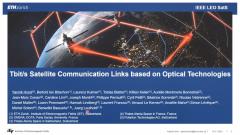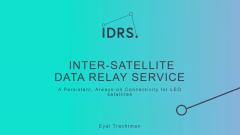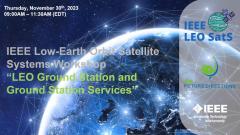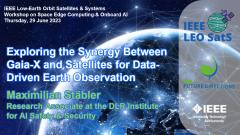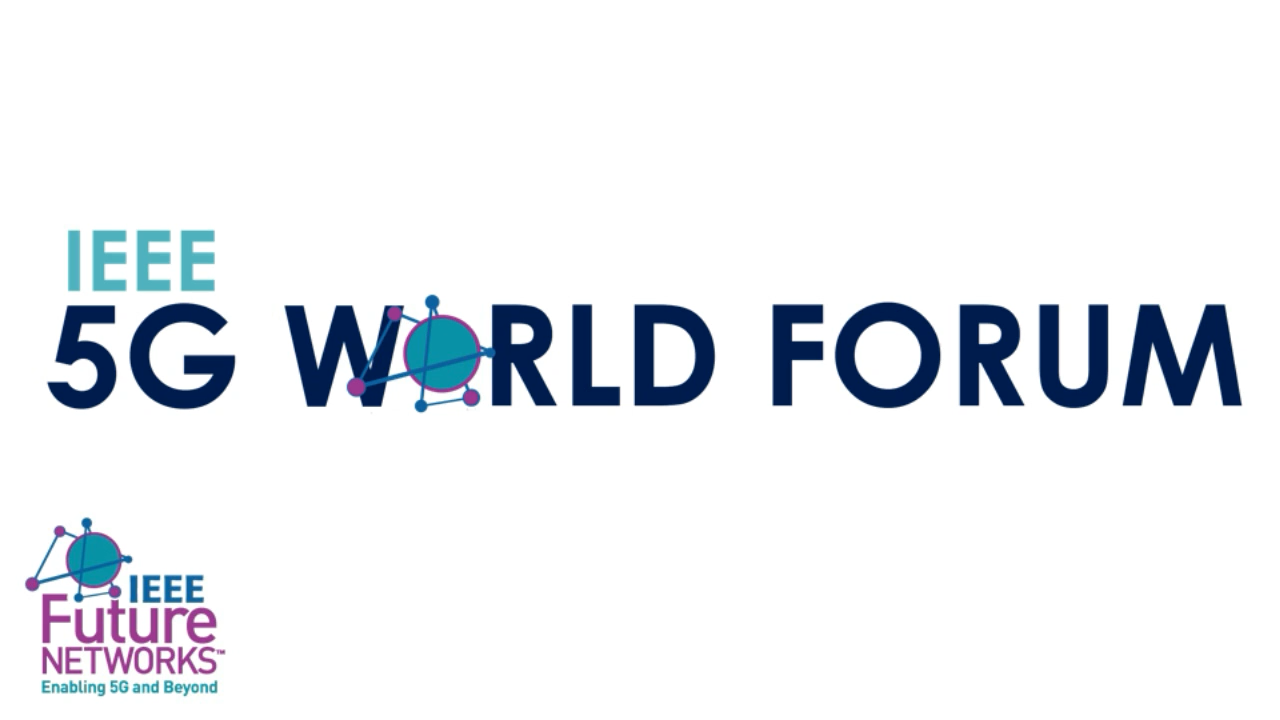
This video program is a part of the Premium packages:
Dense LEO Satellite Networks: Opportunities and Challenges.
- IEEE MemberUS $1.00
- Society MemberUS $0.00
- IEEE Student MemberUS $1.00
- Non-IEEE MemberUS $2.00
- IEEE MemberUS $50.00
- Society MemberUS $0.00
- IEEE Student MemberUS $25.00
- Non-IEEE MemberUS $100.00
Dense LEO Satellite Networks: Opportunities and Challenges.
The future generation of Internet services expect ultra-low latency, very high density of nodes, high throughput, and high reliability. The evolution of computer networks beyond 5G to support future Internet services is likely to be influenced by the emerging class of dense LEO satellite networks. Recently proposed dense LEO constellation networks such as Starlink and OneWeb provide better latency performance across continents than that can be provided by the optical fiber-based backbone of today’s Internet. Therefore, many futuristic services of the Internet may move over to the dense LEO clusters. However, the dense LEO clusters face many technological, operational, and research challenges. This talk focuses on opportunities and challenges offered by the dense LEO satellite networks.
Dense LEO Satellite Networks: Opportunities and Challenges.
Prof. B. S. Manoj, Indian Institute of Space Technology and Sciences, India
 Cart
Cart Create Account
Create Account Sign In
Sign In
